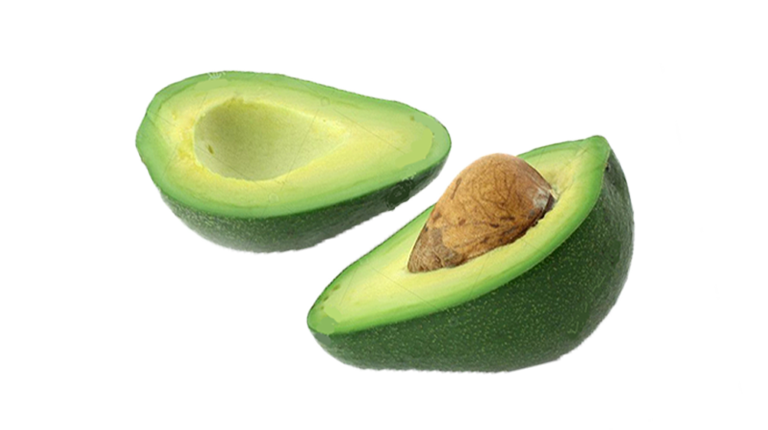The original name of the fruit, comes from the Tupi word nanas, meaning " fragrance of perfumes” , “excellent fruit", the scientific name - Ananas comosus, ananas. The word "pineapple" in English was first recorded to describe the reproductive organs of conifer trees -now termed pine cones. When European explorers encountered this tropical fruit in the Americas, they called them "pineapples”.
Pineapple contains good levels of vitamin C and of vitamins of the B complex. Important is also the presence of an enzyme, bromelain, that greatly helps digestion.
Although there are more than 37 different varieties of pineapples the world market of the pineapple is based on three popular varieties which we supply :
It has medium to large fruit (1.3 - 2.5 kg) cylindrical fruits with an intense yellow color. The clear yellow pulp is sweet, compact and fibrous. It has up to four times more vitamin C than traditional variety, is high in sugar 15 -17° Brix and ascorbic acid but lower in total acid than "Smooth Cayenne".
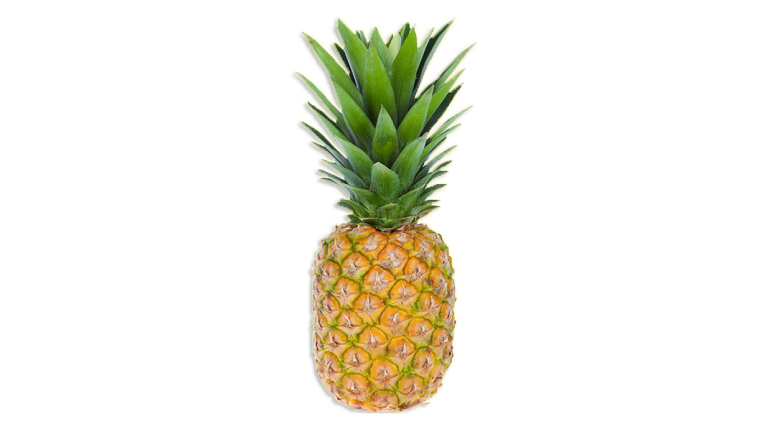
Has large fruits (1,4 -2.2 kg) and suitable for fresh processing. The fresh is pale yellow, soft and juicy, with sugar of 13-19° Brix.

Has a small fruit of weight 0.5-1kg with a full yellow shell when ripe. The pulp is crispy and sweet 14 to 18 o Brix with an excellent flavor and shelf life.
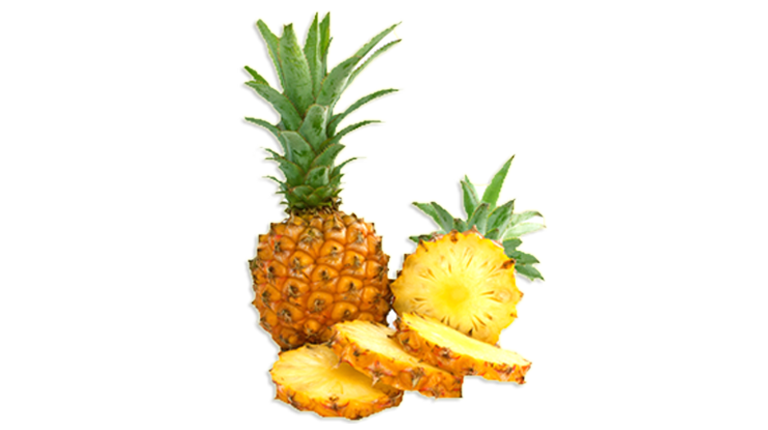
Mango is just a general name of a delicious tropical fruit that includes a lot of varieties. They differ in colour, shape, taste and size of seeds. Each mango has a unique aroma, charming sweet taste and texture. The colour of the mango peel can range from green to red, yellow or orange, the inner pulp of the mango is mostly golden yellow. But red colour that appears on some varieties is not an indicator of ripeness. Always judge by feel: squeeze the mango gently. A ripe mango will give slightly. In addition to the sweet, juicy taste, it contains many vitamins, minerals, antioxidants necessary for maintaining health.
We have selected some of the most famous and popular mango varieties : KEITT, TOMMY ATKINS, KENT, PALMER
Antioxidant compounds in mango fruit have been found to protect against colon, breast, leukemia and prostate cancers. These compounds include quercetin, isoquercitrin, astragalin, fisetin, gallic acid and methylgallat, as well as the abundant enzymes.
The high levels of fiber, pectin and vitamin C help to lower serum cholesterol levels, specifically Low-Density Lipoprotein (the bad stuff).
It was introduced in Brazil in the 60's. It is a large mango, weighing around 450g-610 g, oval in shape with a slightly oblique apex, its coloration is yellowish-green tint, stained reddish-pink. It is characterized by good flavor (19° Brix), fiber only around the seed. The pulp / fruit ratio is around 70%. It has good shelf life.
Summary:
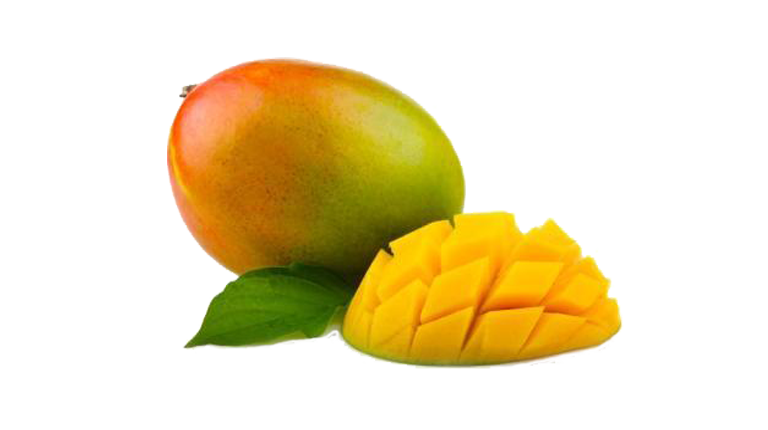
The Tommy Mango was introduced in Brazil in the 1960s. The fruit is medium to large in size, 460 g, with thick shell and oval shape, attractive in color (orange-yellow, covered with shade red and intense purple). The pulp is firm, juicy with medium fiber content. It is the most cultivated variety of Brazil and the main export sleeve in the world.
Summary:
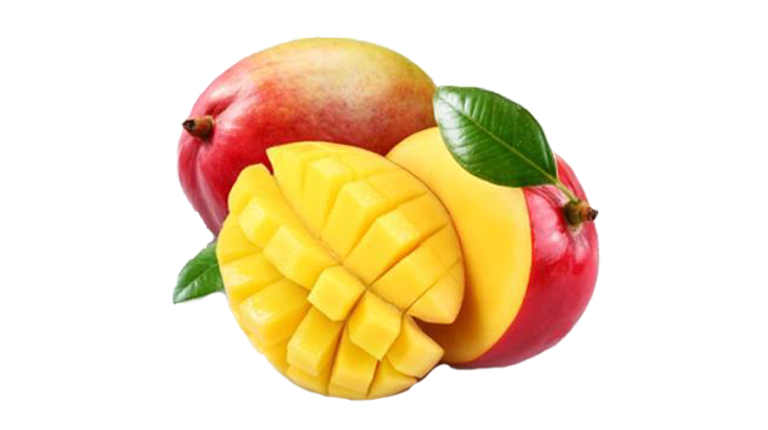
The Kent Mango was introduced in Brazil in the 1960s. It is characterized by medium to large (400-600 grams), oval, yellowish green, purplish red, (21° Brix), with a high pulp quality (almost no fiber), medium thickness peel, with a pulp / fruit ratio of 62% and monoembryonic seed.
Summary:
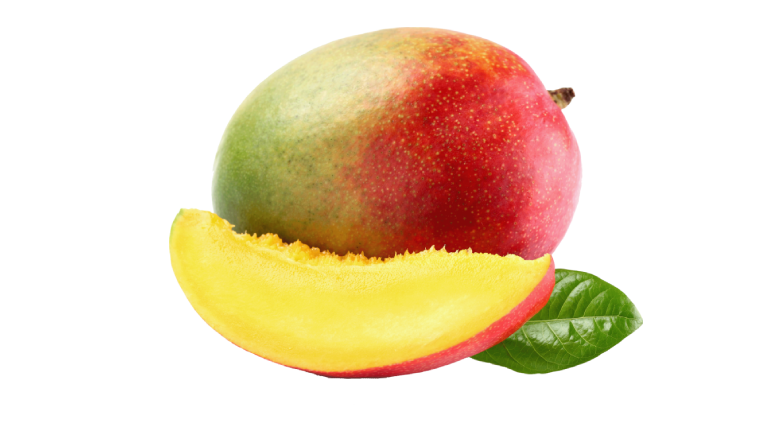
Manga Palmer was was introduced in Brazil in the 60's and adapted very well, becoming together with Tommy Atkins a dominant variety. It has a thin peel, purple when it is "red" and red when it ripens. The pulp is yellowish, firm, with good flavor (21° Brix) and little or no fiber. Features good shelf life and regular productions.
Summary:
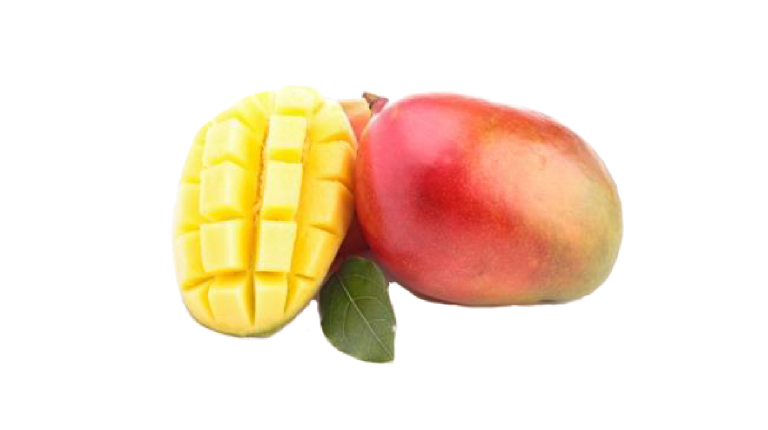
The most commonly lime variety for the world market is the Persian (or Tahiti) variety because of his seedless nature. It has a diameter of 42–67 mm. As known to this species itself has little nutritional value however it is widely used in the preparation of meat and seafood, in cold drinks, mixed alcoholic beverages. Tasteless dishes take on new vitality adding a few drops of lime juice.
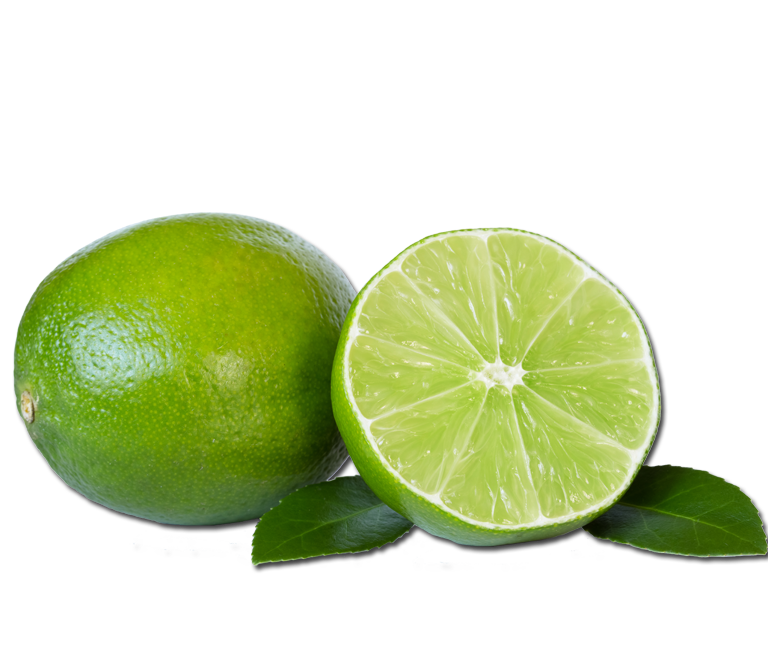
This exotic fruit is a very popular food among people seeking a healthy lifestyle. Its composition consists of 10 elements : calcium, copper and phosphorus, among others. It is very rich in vitamins (E, A, group B) and has approximately 140-210 calories per 100 grams, depending on the amount of lipids per variety.
Due to the high nutritional value and diverse composition of avocados can be put in the TOP5 super foods for youth and health.
It promotes weight loss and splits excess cholesterol in the blood, improves memory and reduces the risk of cardiovascular diseases. And in Mexico, avocados are used as an aphrodisiac, considering that its flesh has a stimulating effect. For its nutritional value the fruit in 1998 was listed in the Guinness Book of Records.
In our International trade we offer three the most popular varieties of the avocado.


